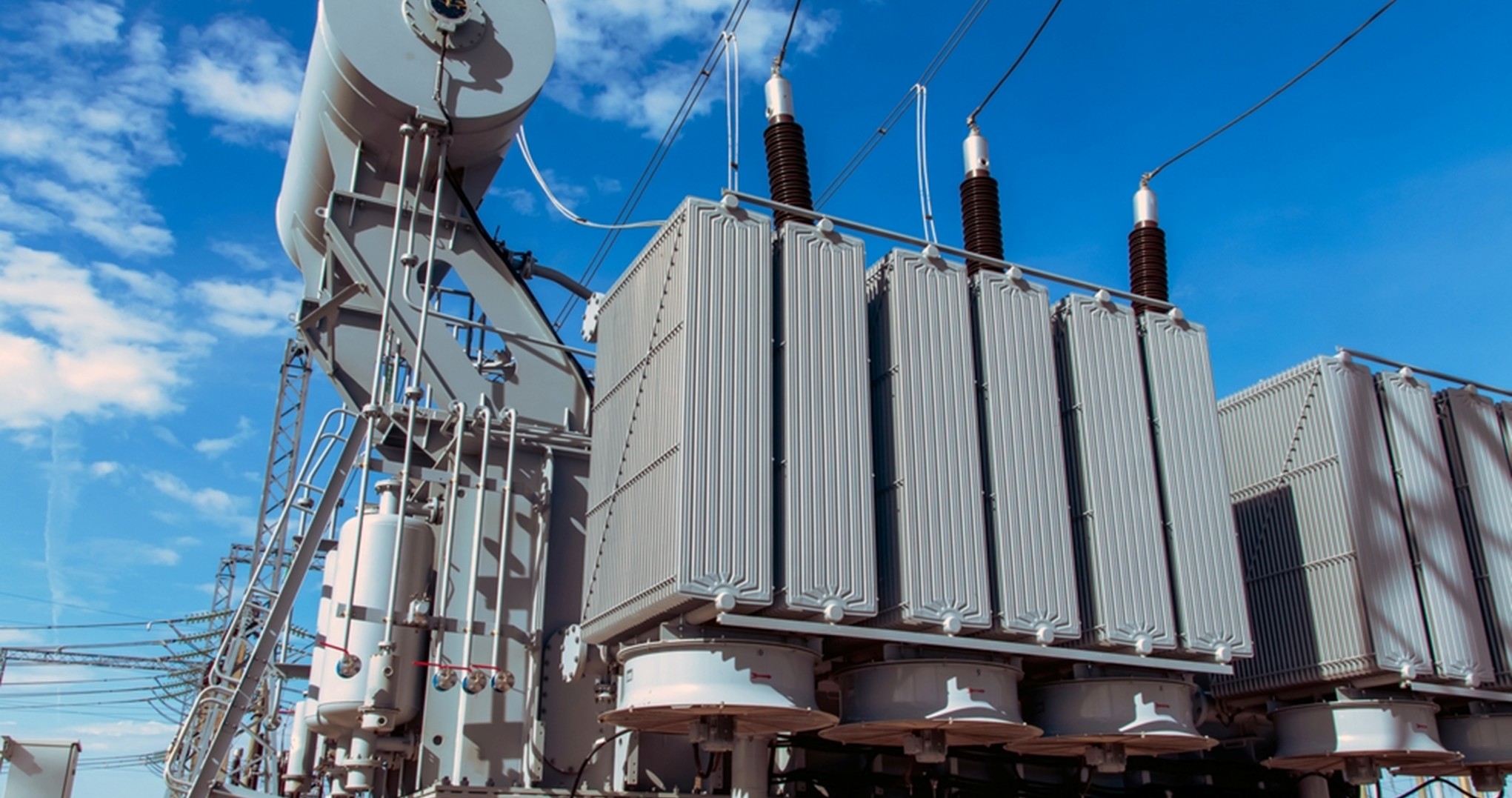From setting green hydrogen plants to be a global hub & exporter to resource rich countries – roadmap for India
The full benefits of hydrogen and fuel cell technologies play out when deployed at scale and across multiple applications. Scale, both in the manufacturing of equipment as well as in hydrogen production, reduces costs and makes hydrogen more competitive with other energy sources. When hydrogen is deployed across multiple applications, systemic benefits start to kick in: infrastructure costs are shared across applications, technological developments in one application can be applied to others, and cross-sector benefits can play a meaningful role. Achieving scale requires a transition from current systems and infrastructure towards hydrogen. As with any transition, a combination of policies and individual stakeholders’ actions will be needed to overcome the barriers and costs associated with the shift.
The road map has four phases: immediate next steps (2020 to 2022), early scale-up (2023 to 2025), diversification (2026 to 2030), and broad rollout (post 2030).
For each phase, the road map describes:
(A) The key enablers: policy enablers that support supply building towards scale and fostering customer demand for hydrogen and fuel cell products, and supply-side and end-use equipment enablers.
(B) The outcomes of deployment, both qualitatively (which segments) as well as quantitatively in terms of hydrogen demand, number of FCEVs sold, and infrastructure investments required.
Immediate steps to be taken by the end of 2022
(i) Establishing dependable and technology-neutral decarbonization goals in more states and at the federal level, which serve as a guide to specific policy and regulatory actions
(ii) Bringing new hydrogen solutions to the market, focusing on the most attractive segments in early adopter states, and
(iii) Scaling mature applications and through these actions delivering the cost reduction and performance improvements to open the next opportunities. Public awareness and acceptance of hydrogen increases, and manufacturing and hydrogen supply start scaling up.
Early scale up from 2023 to 2025 and diversification till 2030
In the second phase, larger-scale hydrogen production and increasing demand bring hydrogen costs down. In this phase, scaling up both hydrogen production and the fuelling station network shall be critical. Central government’s support to remove regulatory barriers is also necessary to ensure a successful and sustainable transition to a hydrogen economy. Local governments in early adopter states should actively support the minimum required fuelling infrastructure expansion, meaning sufficient coverage for convenience in core markets, along with sufficient connector and destination refuelling stations to be able to drive to and from all destinations. It can be done through, for example, market-based policies, technology neutral subsidies, joint ventures funded by major industrial players, or multiyear request-for-proposal funding. Local governments should also support the development of an initial hydrogen distribution pipeline network.
The half-decade from 2026 to 2030 should be about diversification: the uses of hydrogen expand beyond early adopter segments like transportation and backup power. Enabling hydrogen applications beyond transport and backup power requires policies to limit carbon emissions. Hydrogen can play a significant role in decarbonizing several sectors, including steel, aviation, data centers, and gas distribution. In the absence of an economy-wide carbon price, these sectors require their own sets of policy tools and incentives to deploy successfully. In this phase, to help industrial companies switch to low-carbon hydrogen, further incentives or carbon fees should be introduced, driving developers to co-locate renewable power production and electrolysis systems near existing hydrogen production sites to take advantage of shared infrastructure, and to promote additional CCS facilities.
After 2030, hydrogen applications deploy at a larger scale in India , beyond the traditional early adopter states and regions. As they provide the lowest-cost solution in a number of segments, their uptake increases rapidly, attracts more investment, and opens export opportunities for hydrogen and related equipment, such as electrolysers, fuel cells, FCEVs, and storage materials.
Hydrogen pathways for India

More from the reports
- Roadmap for hydrogen economy development in India - Marking key indices
- Mapping approval & clearances required for new hydrogen projects in India
- Scaling hydrogen production in India - Enabling right policy framework and gap assessment
- Policy support indexation for development of India as a hydrogen economy
- Stages of policy support for robust green hydrogen ecosystem development in India
- Hydrogen market opportunities and challenges for India in the current pretext
- Modelling levelised cost of hydrogen under scenario based circumstances for India for Alkaline Water Electrolysis
- Modelling levelised cost of hydrogen under scenario based circumstances for India for PEM Electrolysis








